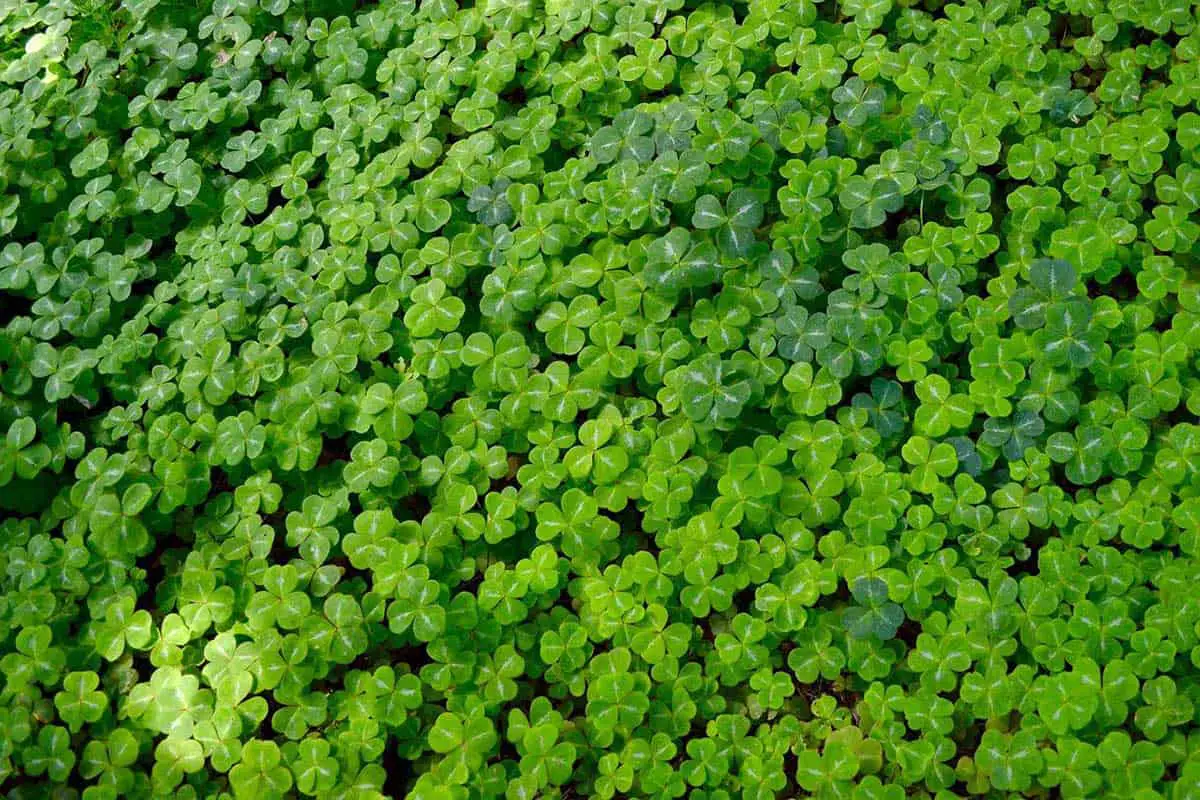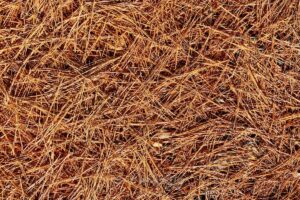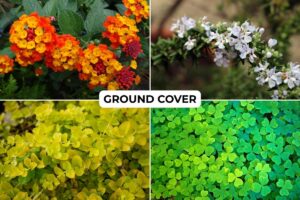This page may contain affiliate links. If you click and buy, we might get a small commission at no cost to you.
Lawns offer many outdoor benefits from aesthetics to places for activities. They have even become a symbol of the American dream. However, lawns can also be an added burden when you have to mow, water, and do various other things to maintain it and keep the pests away. Exploring ground cover alternatives to grass could relieve you from added work while still providing you with the features you look for in your outdoor space.
From low-maintenance to eco-friendly options, here are 10 ground cover alternatives to check out.
10 ground cover alternatives to grass
Here is a list of 10 ground cover alternatives you can add to your outdoor space. You might be surprised what plants are durable enough to walk on!
1. Evergreen moss
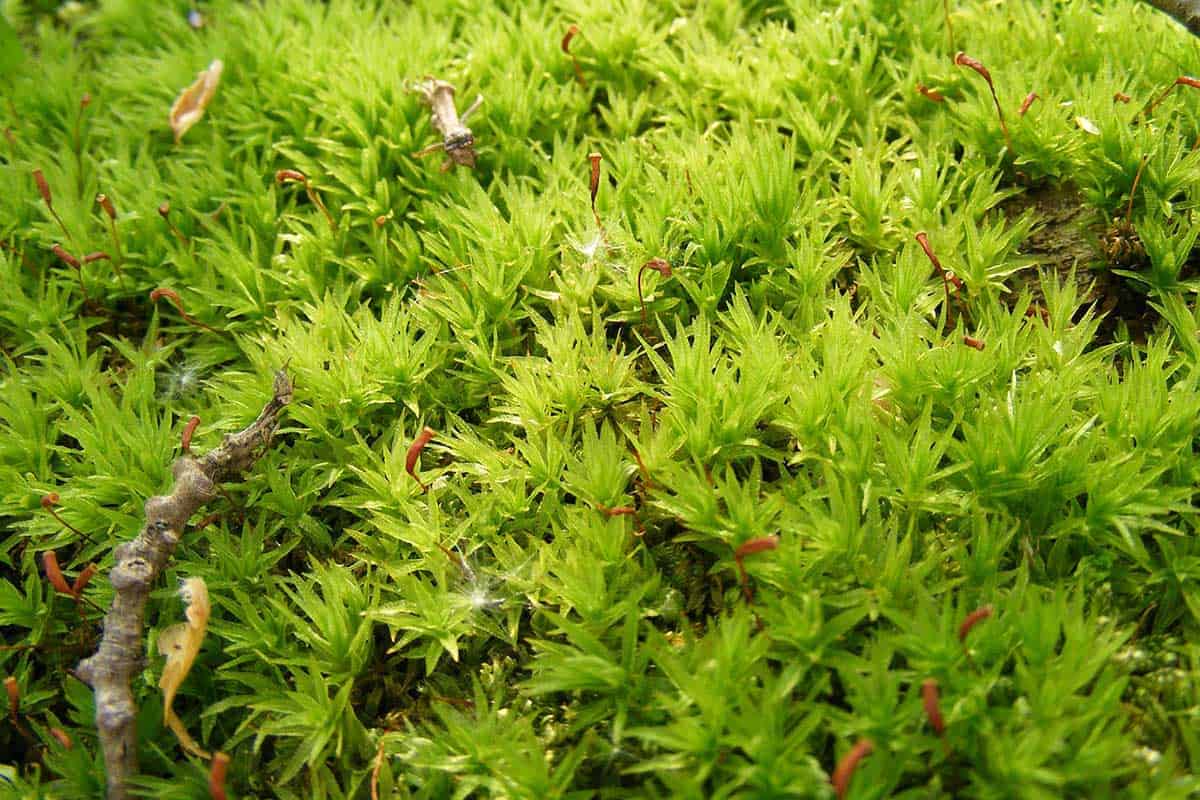
Planting a moss bed instead of grass can provide you with a carpet-like ground cover that comes with other added benefits. For starters, it doesn’t require any mowing or much watering to thrive and look well-maintained.
Moss is easy to install since it spreads quickly into a solid surface within one growing season. It’s also more resilient than it looks and can hold up to occasional foot traffic.
2. Ajuga

Ajuga is a type of matting ground cover that’s also called carpet bugleweed. It grows around 6 inches in shades of pink, green, and purple. Growing quickly to fill large areas, ajuga helps prevent weeds in your yard and provides erosion control.
This ground cover also looks pretty for rock gardens. You’ll see spikes of lavender, pink, or blue flowers during the summer.
3. Artificial grass
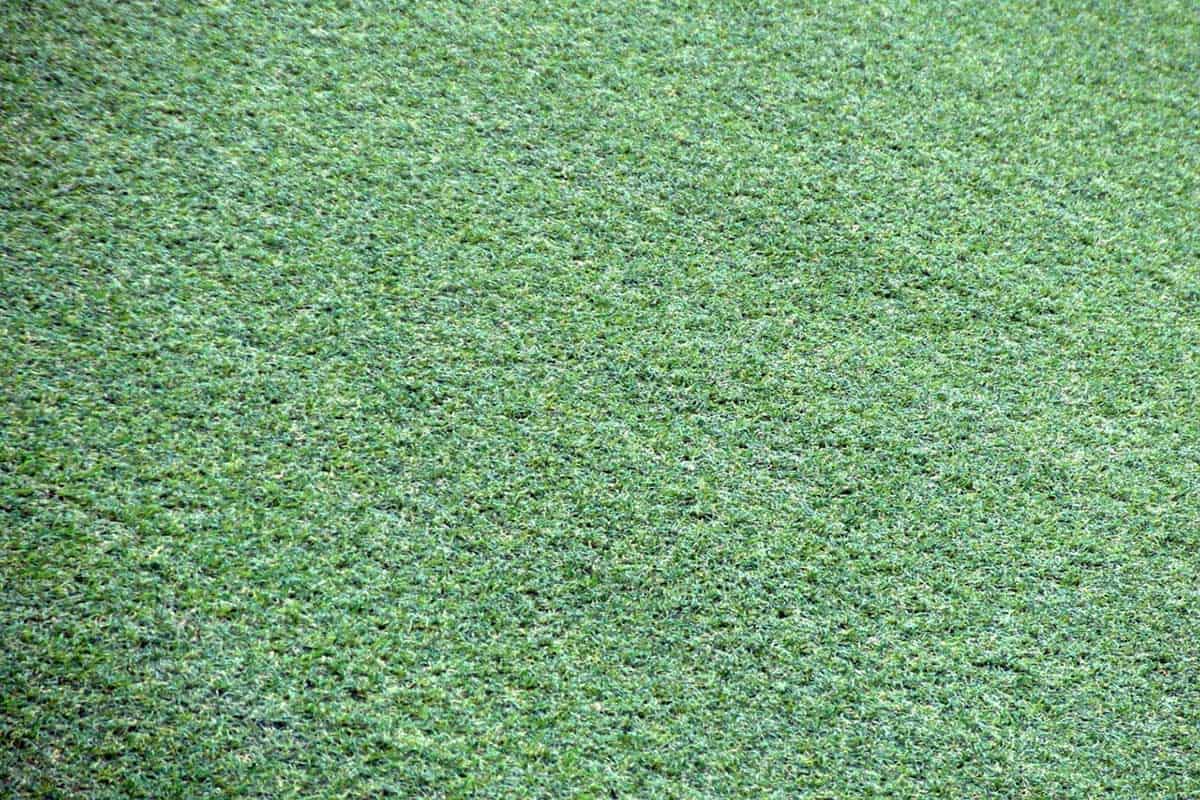
Artificial grass, also known as artificial turf or synthetic grass, has the same texture and look as natural grass. However, it comes with plenty of other benefits. It is easy to maintain, doesn’t require fertilizers or pesticides, and has a long life expectancy.
This ground covering is also resistant to weeds, pests, and diseases that commonly plague natural grass. Additionally, you can save costs on watering since it doesn’t need any water to thrive.
4. Miniature brass buttons

Although its name sounds cute, miniature brass buttons are very hardy plants that can withstand heavy foot traffic. It can also hold up against car traffic up to twice a day!
This shade-loving perennial is carpet-like and grows quickly to create a thick mat of ground covering. It needs a moderate amount of watering and helps keep weeds out of your lawn. You can also expect tiny greenish flowers to bloom in the summer.
5. Mulch
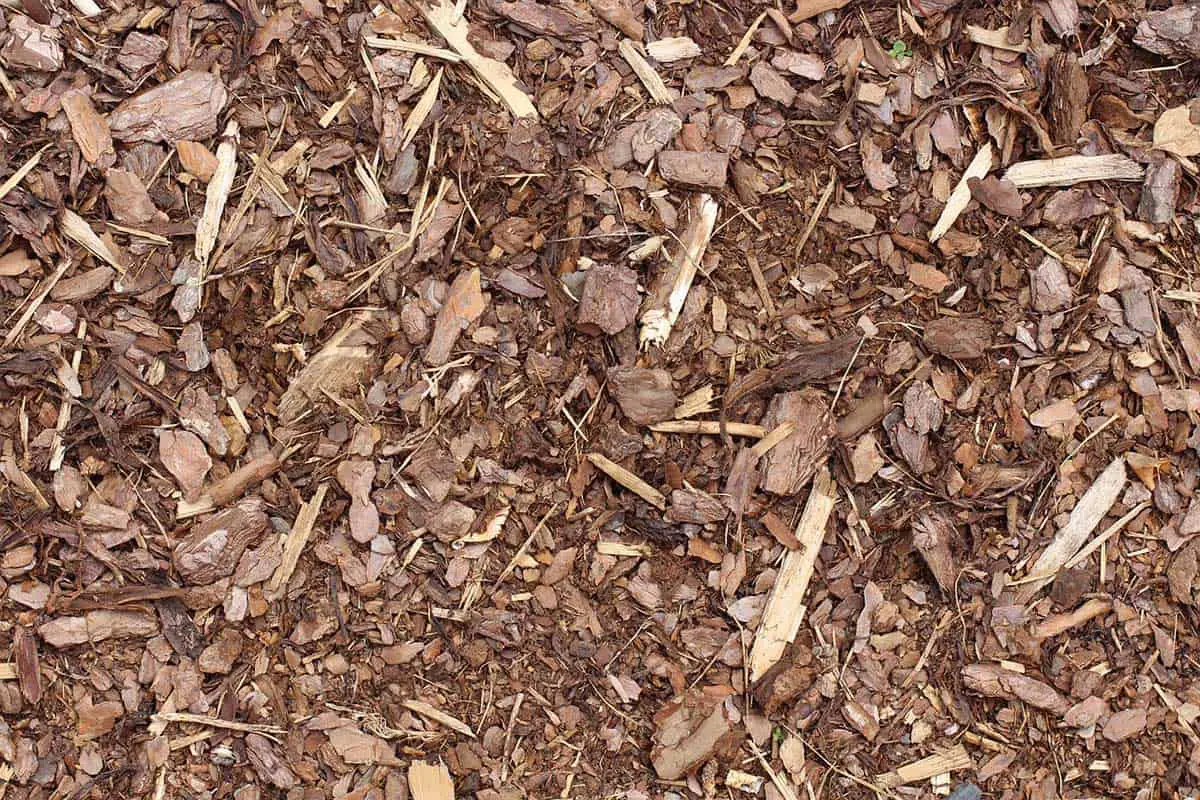
Mulch comes in different varieties from wood chips and pine needles to shredded bark and straw mulch. They are beneficial alternatives since they provide:
- Moisture retention
- Protectin against erosion
- Heat retention
- Weed control
- Protection of root systems of other plants
With the different colors and textures, you can easily do some creative landscaping with them as well. For instance, you can use them to create pathways between your rock garden and flower beds.
6. Pachysandra
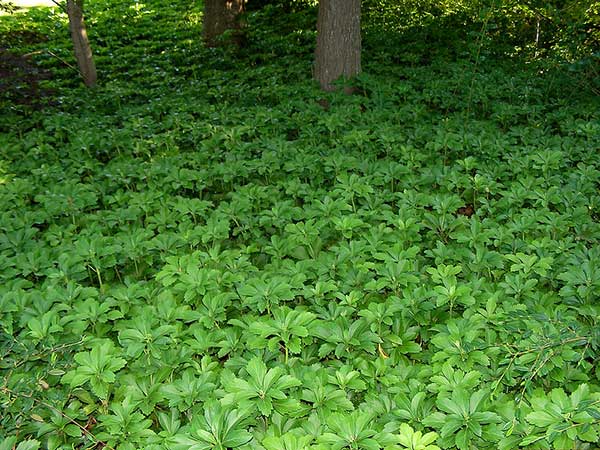
Pachysandra is a shade-loving evergreen that never needs cutting. It grows around 10 inches and will also have pink or white spikes blooming during the spring.
They are a great ground cover option in hard-to-plant areas, such as areas with poor or acidic soil and under trees. It’s a low-maintenance plant and, once mature, can handle periods of drought.
7. Clover lawn

Clover lawns are an affordable ground cover option that also acts as a natural soil fertilizer. By adding nitrogen to the soil, having a clover lawn can benefit all your other plants in the area. As a natural soil conditioner, you won’t need to fertilize it (and shouldn’t to keep it healthy!)
It also thrives in poor soil conditions and needs low levels of watering. Because it spreads quickly, you can expect larges areas of ground to be covered in no time.
8. Creeping thyme
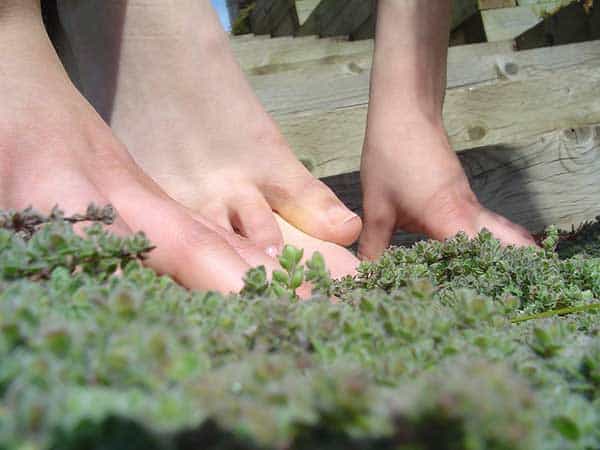
If you want a grass alternative for high-foot traffic areas, creeping thyme is a great option to consider. These versatile and durable herbs will grow anywhere and in any condition, from full sun or partial sun to full shade.
They grow around 2 to 4 inches high, require little watering, no mowing, and very little care. In fact you could even neglect it and it would still keep your outdoor space looking well-maintained.
9. Creeping phlox
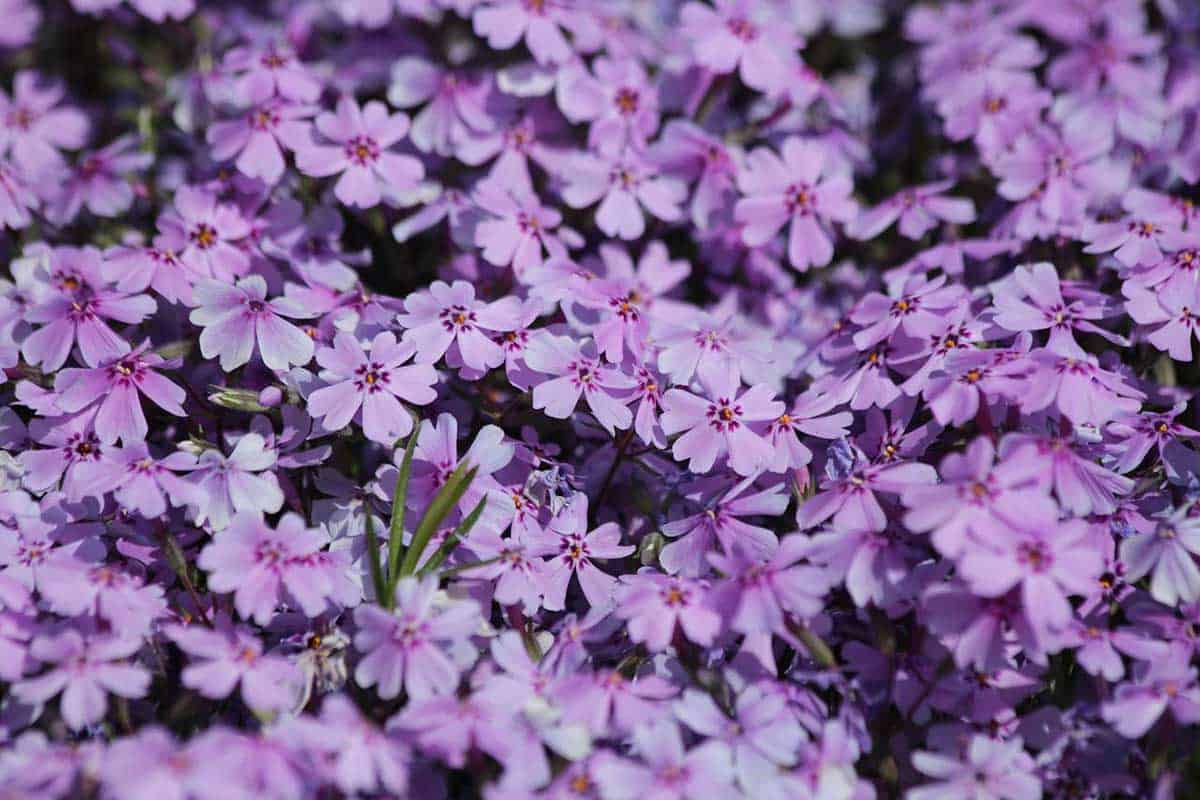
The creeping phlox is a beautiful plant that blooms purple, blue, white, rose, or bicolor flowers in early spring. Although beautiful to look at, it’s also sturdy enough for you to walk on throughout the year.
This plant thrives in well-drained soil and direct sunlight. It is low-growing, has needle-like foliage, and forms a mat when it populates and spreads. Besides using as a walkway, they are also great additions to rock gardens or butterfly gardens and can be used on hillsides or cascading over walls.
10. Gravel
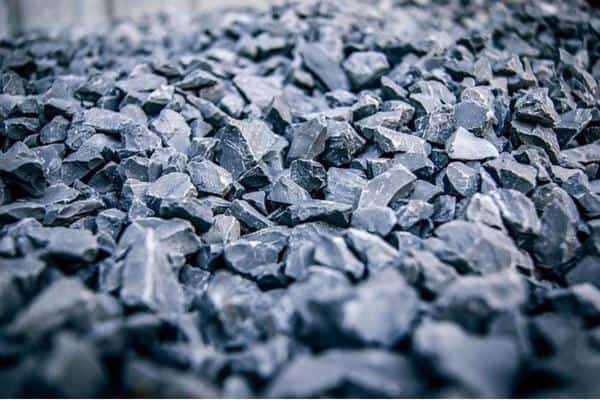
Who said your ground cover has to be green and grass-like? Stone-based ground covers such as gravel can still create an eye-catching landscape that’s easy to maintain. They come in a variety of materials ranging from stone pebbles and pea gravel to crushed granite.
This durable alternative to grass also doesn’t decompose with weather changes or attract any weeds or bugs. You can expect it to last a long time, making it cost-efficient to install.
